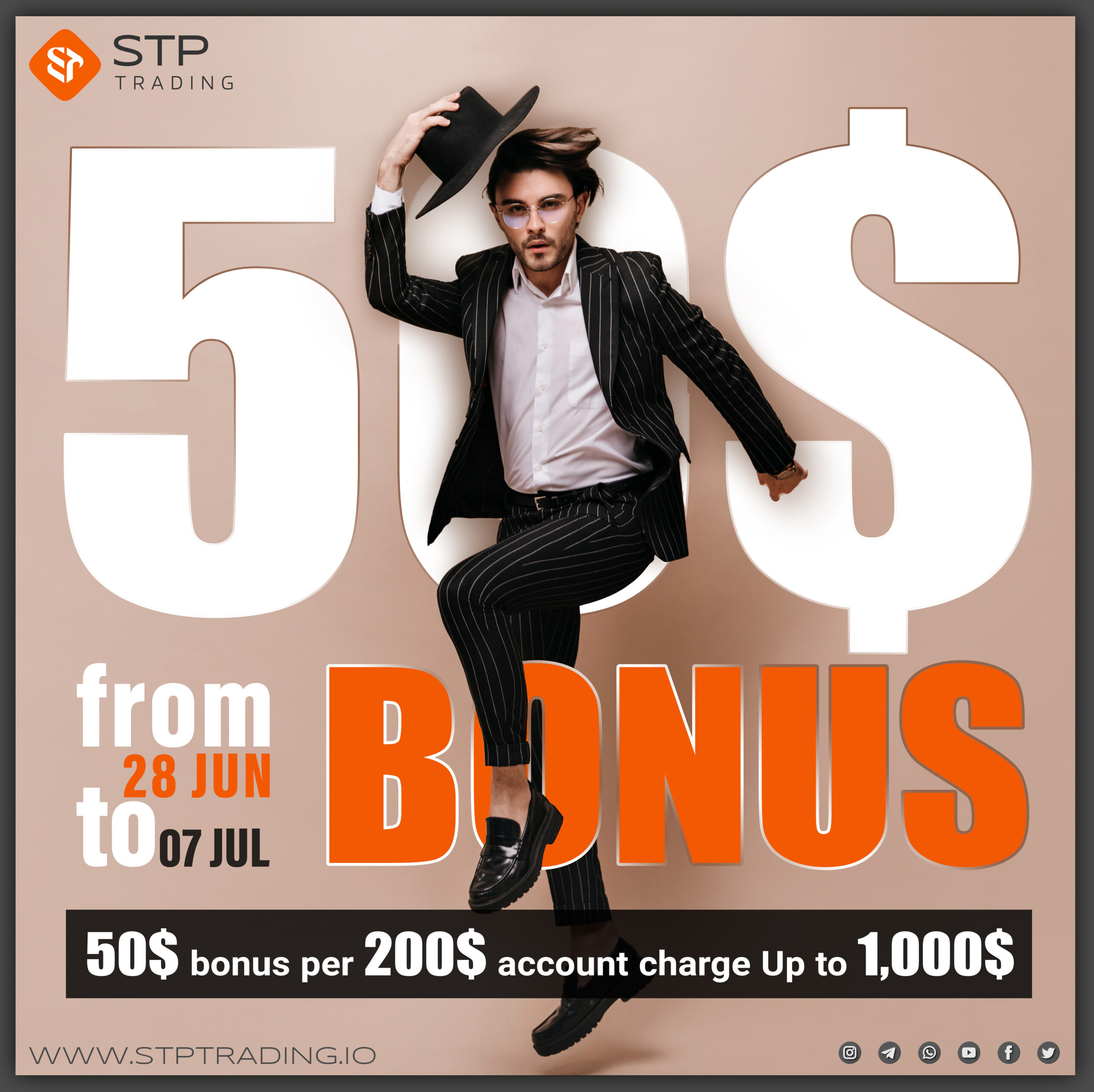General trading FAQs
Didn’t get what you are looking for? Submit your question| Lot Size | Units of base currency (First currency) |
|---|---|
| 1 | 100,000 |
| 0.1 | 10,000 |
| 0.01 | 1,000 |
Yes, we take every precaution to ensure the security & privacy of our client’s private data. We guarantee to keep all personal information highly secured – we do not pass your personal information to any third party, and we do not sell your personal information for any purposes.
We are compliant with Comoros regulations and guarantee to fulfil our data protection obligations in regard to your personal data security.
| Type | Size | Symbol | Price | Margin Required |
|---|---|---|---|---|
| Buy | 1 Lot | EURUSD | 1.18343 | 236.69 USD |
| Sell | 1 Lot | EURUSD | 1.18343 | 236.66 USD |
-
Products
- Currencies
- Commodities
- Metals
- Indices
- Crypto
-
Platform & Tools
- MetaTrader 5
- Economic Calendar
- Trade Copier
- PAMM
-
Company
- About
- Careers
- Contact Us
- FAQs
-
Documentation
- Site T&C
- Legal Docs
- Complaints
- Privacy Policy
- Risk Disclosure
- AML Policy
- Email Disclaimer
- Cookies
- Leverage Info
- Scalping Policy
- Swap and Commission Free Accounts

STP Trading is a trading name of STP Trading Ltd and STP Global Ltd. This website is owned and operated by STP Securities Ltd.
STP Global LTD with Firm Registered Number: HY00523403 , is Authorized and Regulated by Comoros Mwali International Service Authority (M.I.S.A.), Autonomous Island of Mwali (Mohéli), Comoros Union, East Africa. with License Number: T2023280
Risk Warning: Trading financial products on margin carries a high degree of risk and is not suitable for all investors. Losses can exceed the initial investment. Please ensure you fully understand the risks and take appropriate care to manage your risk. All the financial products are very complex instruments and come with a high risk of losing money rapidly due to leverage therefore Losses can exceed the initial investment. Please ensure you fully understand the risks and take appropriate care to manage your risk. Please read our full ‘Risk Disclosure Notice’ Click here.
STP Trading Ltd is registered in Saint Lucia (Registration Number. 2023-00081), by the Registrar of International Business Companies with its company registered address at Ground Floor, The Sotheby Building, Rodney Bay, Saint Lucia.
The services of STP Trading and information on this website are not aimed at residents of certain jurisdictions, and are not intended for distribution to, or use by, any person or entity in any jurisdiction or country where such distribution or use may be contrary to any of the laws or regulations of that jurisdiction. The products and services described herein may not be available in all countries and jurisdictions. Those who access this site do so on their own initiative, and are therefore responsible for compliance with applicable local laws and regulations. The release does not constitute any invitation or recruitment of business. If you are not sure about your local currency and spot metals trading regulations, then you should leave this site immediately. STP Trading does not offer its services to residents of certain jurisdictions including Canada, Japan, Sudan, North Korea, United Arab Emirates, United Kingdom and United States.
All Clients must be at least 18 years old to use the services of STP Trading.
68% of retail investor accounts lose money when trading CFDs with this provider. You should consider whether you understand how CFDs work, and whether you can afford to take the high risk of losing your money. You are strongly advised to obtain independent financial, legal and tax advice before proceeding with any currency or spot metals trade. Nothing in this site should be read or construed as constituting advice on the part of STP Trading or any of its affiliates, directors, officers or employees.
STP Trading use cookies to enhance your experience on our website. By staying on our website you agree to our use of cookies. You can access our Cookie Policy Click here.




